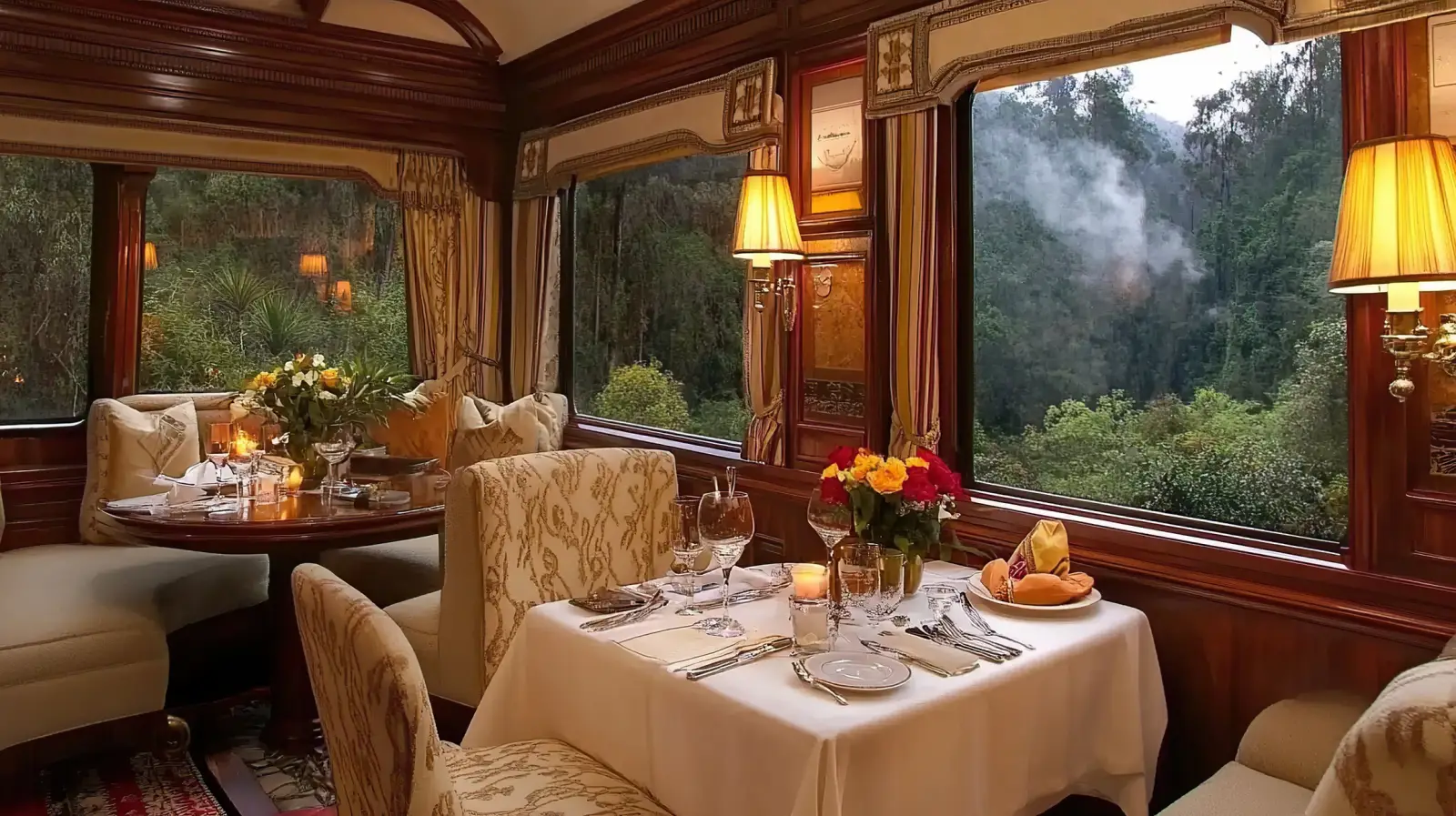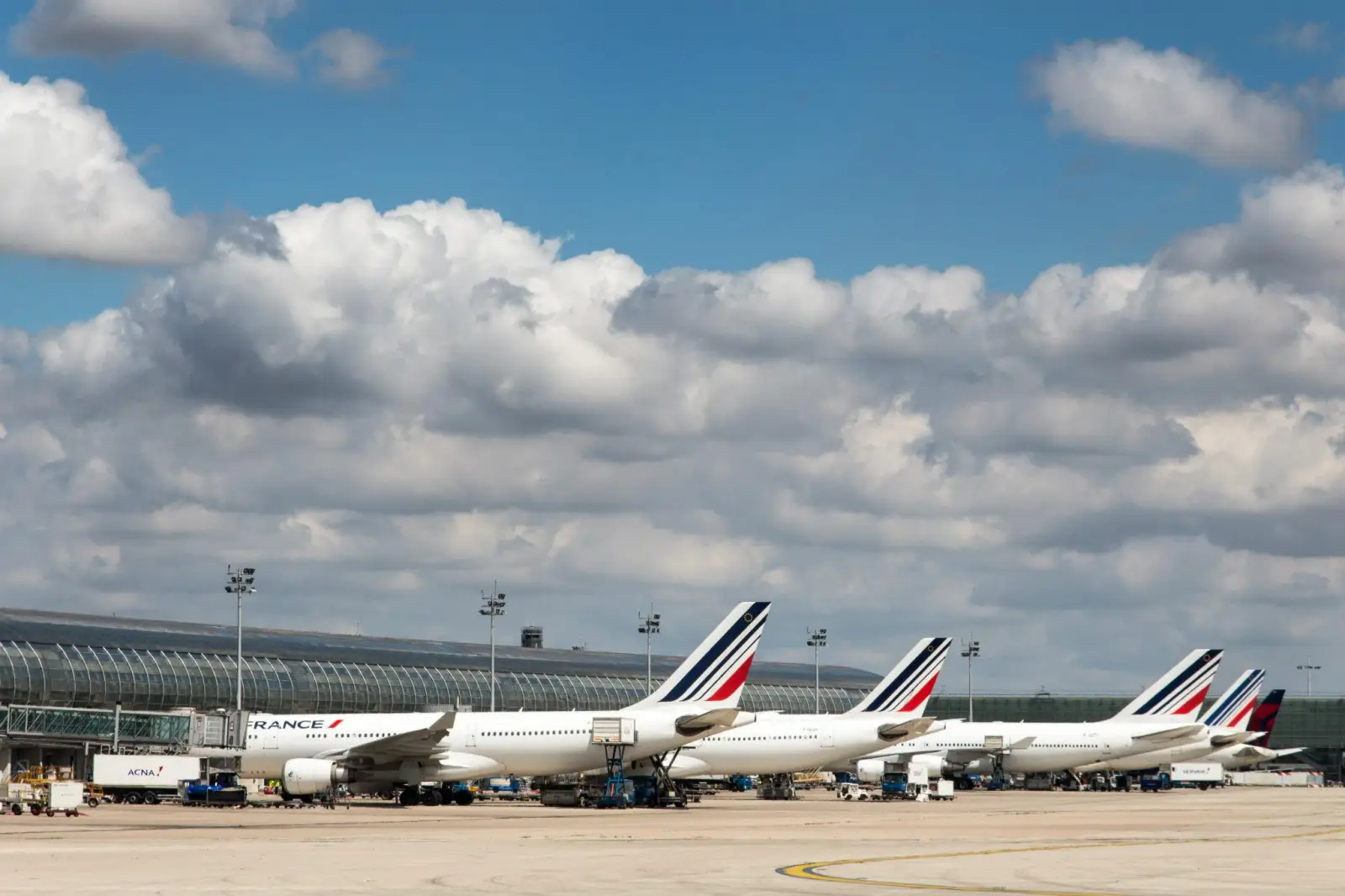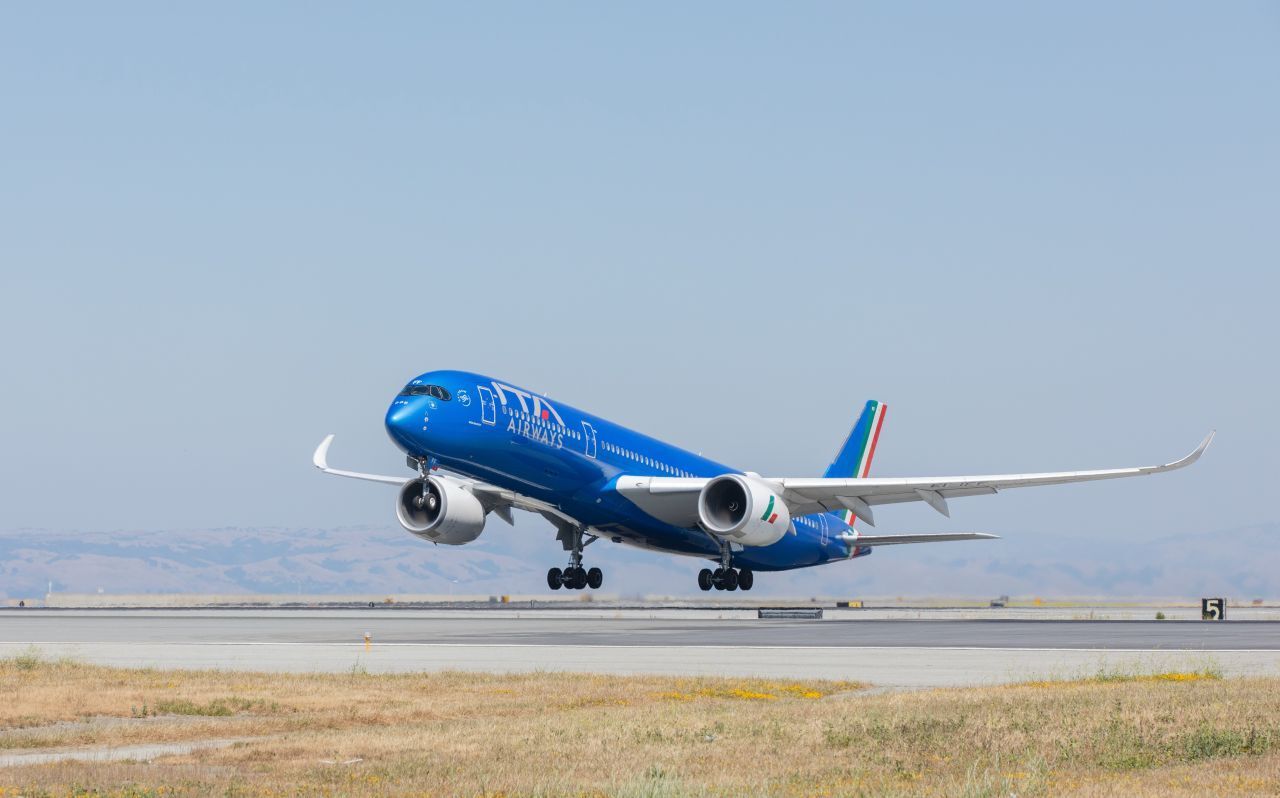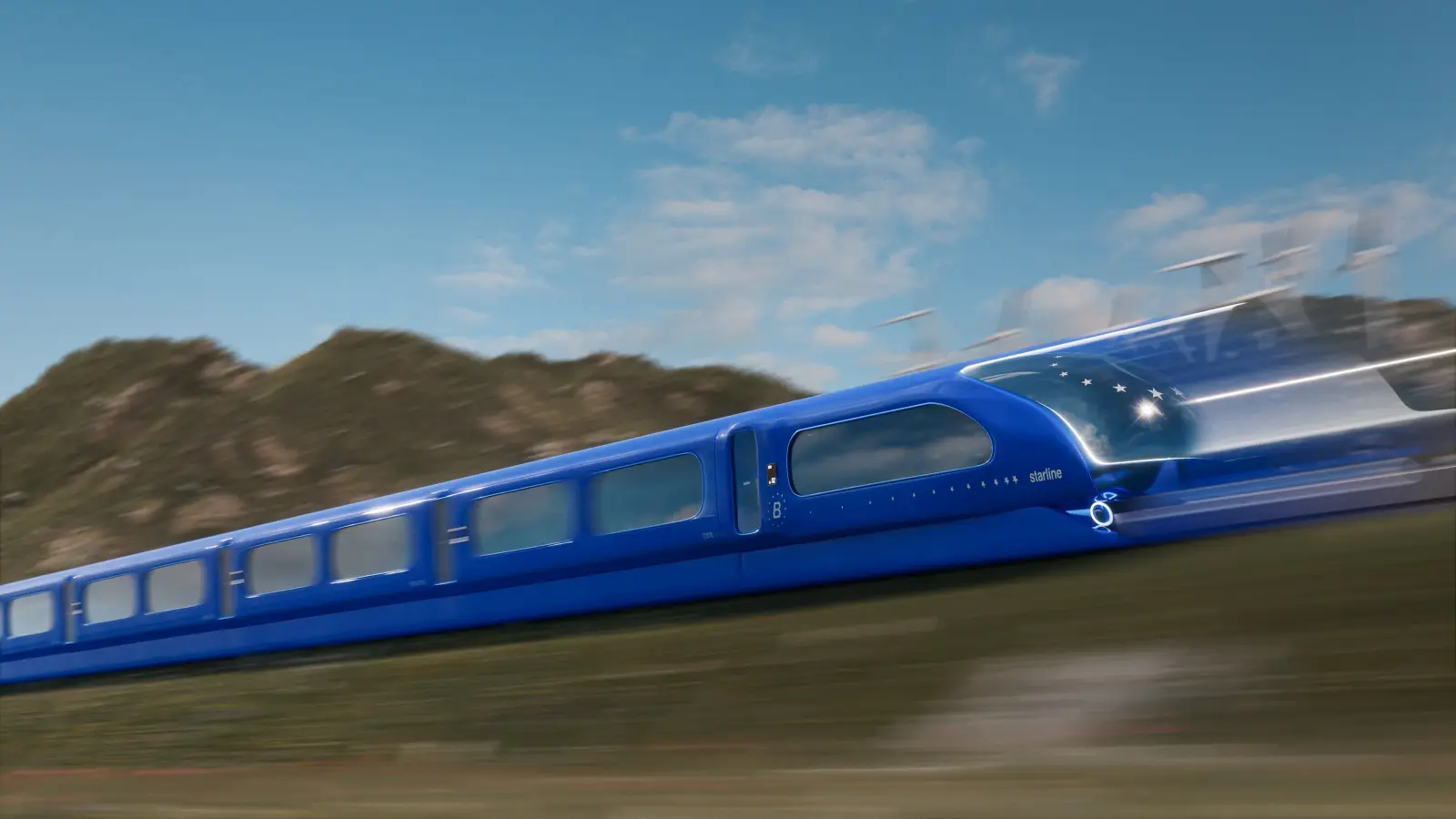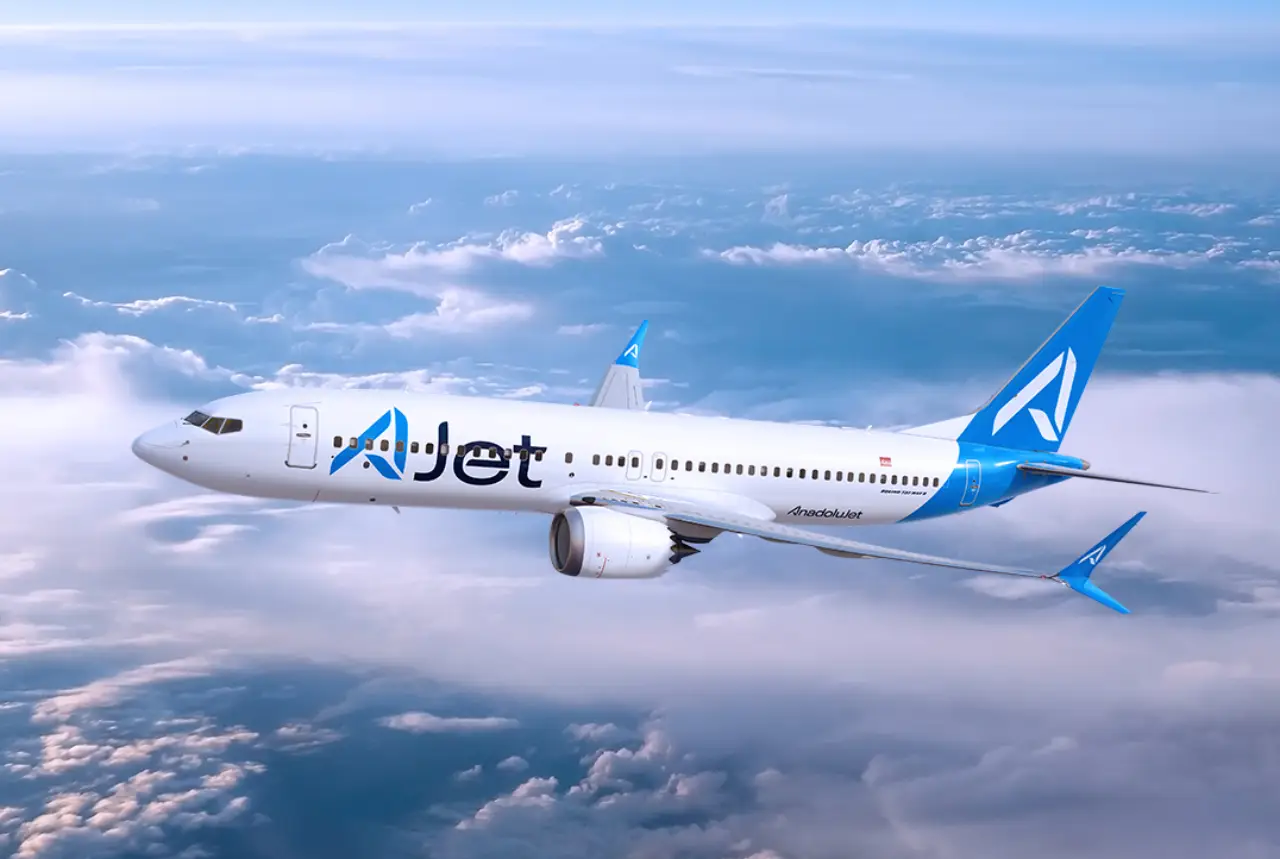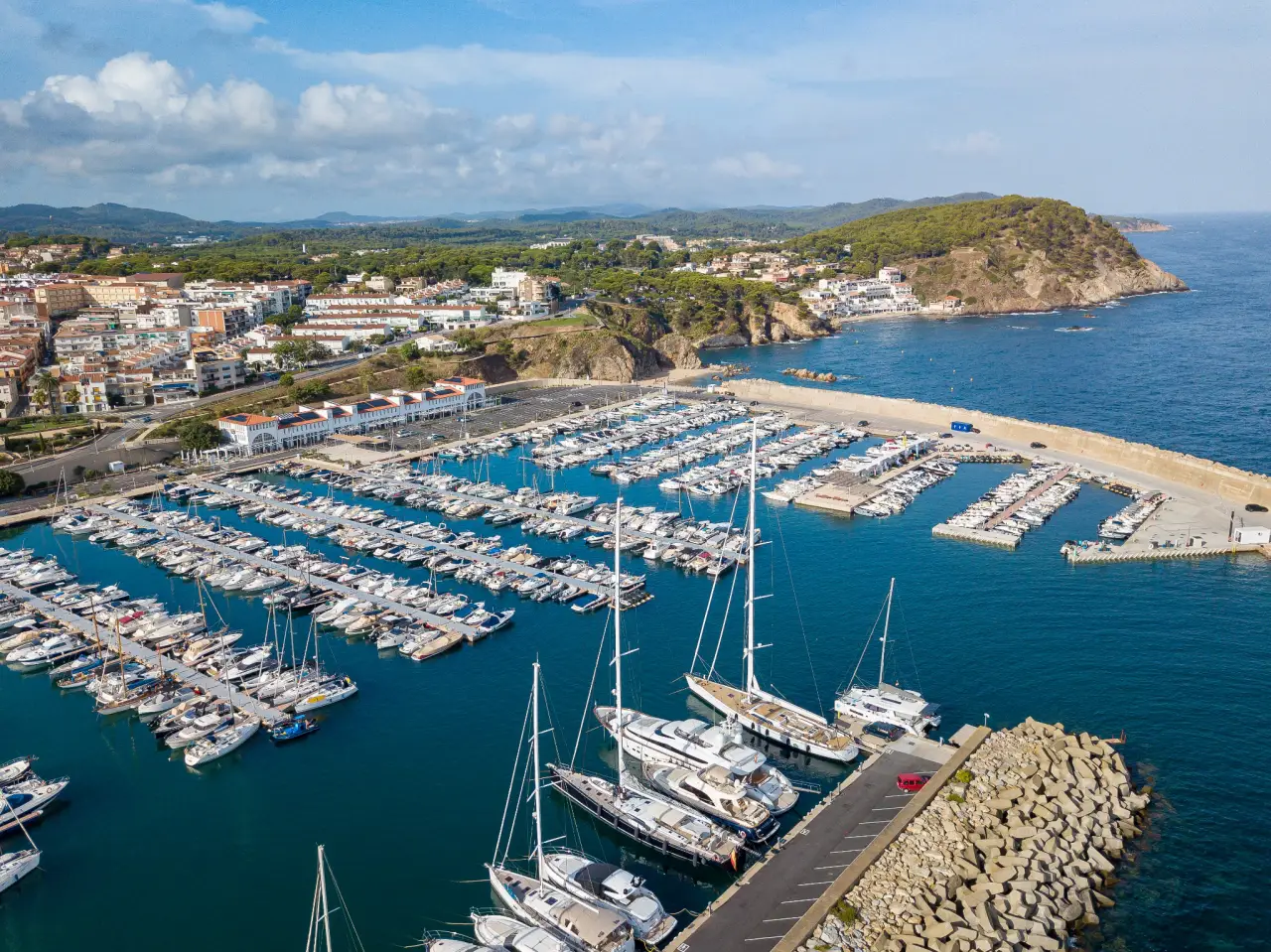Global train tourism is experiencing a powerful resurgence, and the numbers behind it tell a story of transformation.
With scenic routes, a slower pace, and an eco-conscious appeal, train travel is attracting a new wave of global adventurers—many of whom are older, affluent, and willing to spend significantly more than typical tourists.
According to a new report by Visa Business and Economic Insights (VBEI), international rail travel spending has grown 59% from 2019 to 2024—far outpacing the 18% increase in global cross-border tourism spending overall. This remarkable surge is redefining how, where, and why people choose to travel, and it’s making an especially big impact on local economies around the world.
Leading this growth are travelers from New Zealand, the Netherlands, Switzerland, Ireland, and the United Kingdom. These countries saw the fastest rise in outbound rail tourism spending, suggesting a strong appetite for immersive, land-based experiences over traditional flights and resort stays.
Interestingly, many train travelers are crossing multiple borders to reach their rail journey starting points. Data collected from train tours in countries like Canada, Mexico, Peru, and Argentina revealed that a large share of passengers are intra-regional travelers, with Americans making up one in four tourists. However, many are also long-haul visitors who venture across continents just to board these rail experiences.
These travelers aren’t just riding the rails—they’re investing in the entire experience. Visa’s analysis of international spending found that train tourists spent 72% more than non-train travelers during their journeys. This difference was even higher for visitors from countries such as the United States, Brazil, Chile, Italy, and the Netherlands. The trend is clear: travelers seeking luxury and comfort are willing to pay for unique rail journeys that offer more than just transportation.
Train tourism is also encouraging deeper exploration of destination countries. Even short train journeys often include multiple stops, guiding tourists through valleys, remote towns, and culturally rich areas that are rarely visited by other forms of travel. A good example is the Cusco to Machu Picchu route, which spans 720 miles and includes several optional stops along the way. These stops not only enrich the traveler’s experience but also spread economic benefits across more communities.
Compared to other types of tourists, train travelers visit and spend money in at least twice as many locations within a single country. This expanded footprint helps local economies thrive, especially in regions that aren’t typically on the tourist map. Hotels, restaurants, and small businesses near train stations see increased foot traffic and payment activity as a direct result of rail tourism.
Moreover, the additional spending is well-rounded. Train travelers contribute more to sectors like lodging, retail, transportation, and dining. Their consistent and diversified spending habits are helping create ecosystems of services around train routes and stations—an opportunity that governments and business owners are beginning to recognize.
With the rise of sustainable tourism, luxury rail travel is aligning with a growing global preference for eco-conscious exploration. Unlike short-haul flights, trains offer lower carbon emissions while still providing comfort and style. For travelers looking to reduce their environmental impact without sacrificing experience, trains are becoming the transportation of choice.
The VBEI report makes it clear: train tourism is not just a nostalgic throwback. It’s a fast-growing, data-backed movement that is reshaping travel behavior around the globe. From scenic rail adventures in the Americas to cross-border journeys in Europe and Asia, the tracks are laid for a new golden age of train travel—one powered by a mix of luxury, sustainability, and economic impact.


